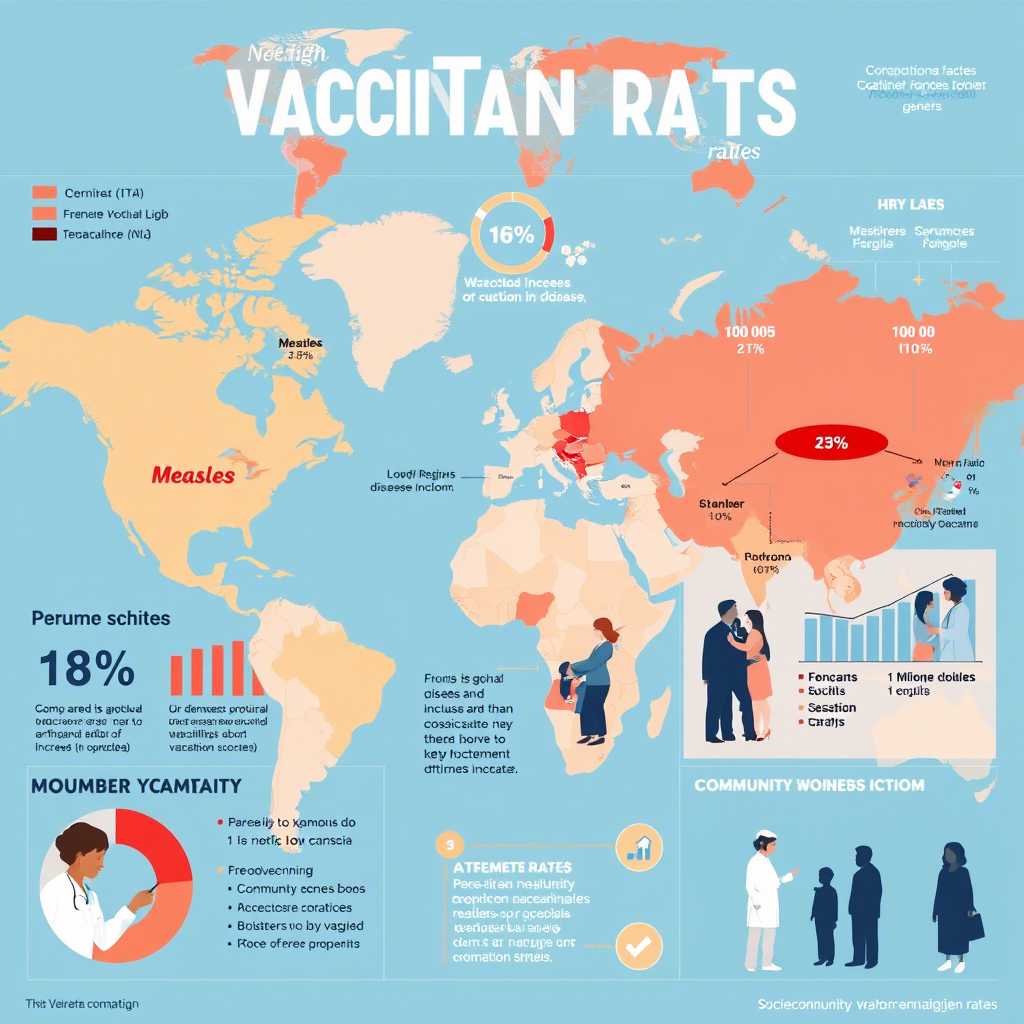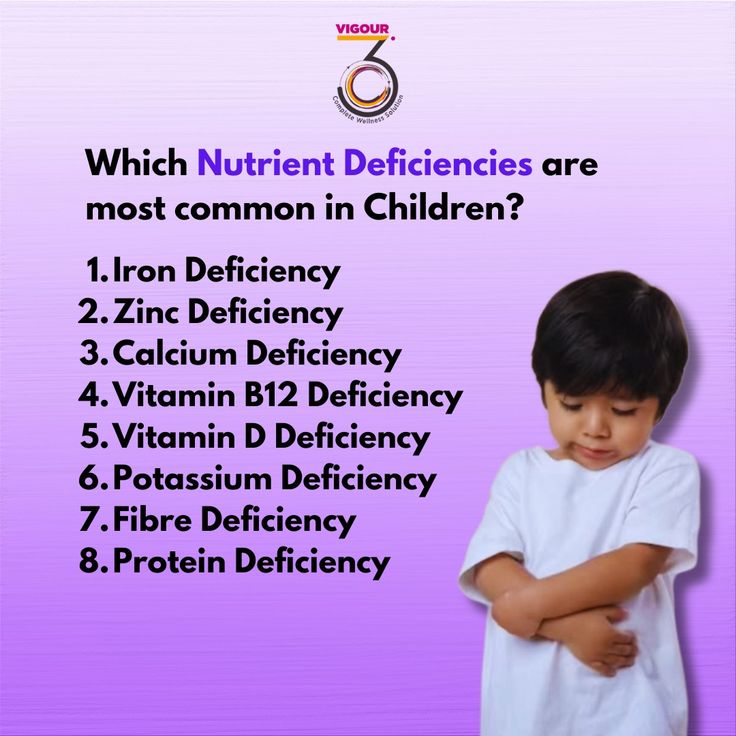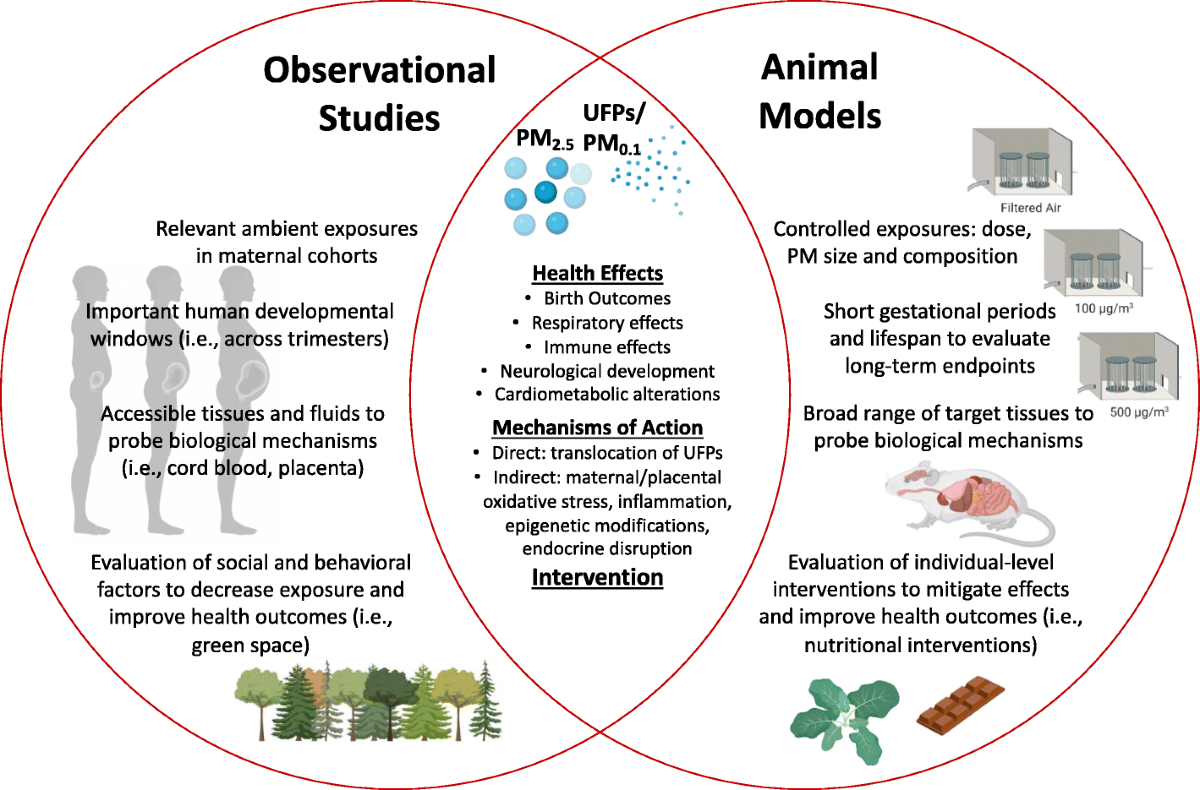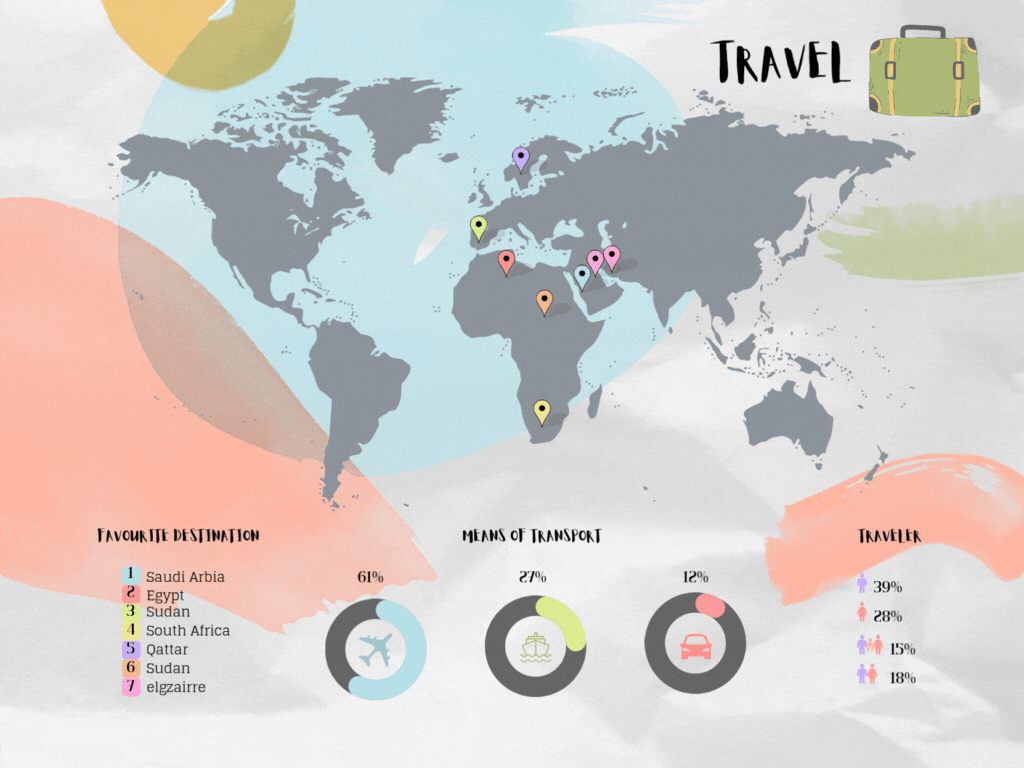The Distribution and Determinants of Immunization-Preventable Illnesses in Children: Patterns, Obstacles, and Vaccination Approaches
Keywords:
Pediatric Vaccination, Vaccine-Preventable Diseases, Measles Resurgence, Pertussis Epidemiology, Pneumococcal Immunization, Rotavirus Control, Vaccine Hesitancy, Global Immunization StrategiesAbstract
Abstract:
Vaccine-preventable diseases (VPDs) remain a significant concern in pediatric populations, despite advancements in immunization programs worldwide. This study examines the epidemiological trends, emerging challenges, and immunization strategies for controlling VPDs among children. Using multi-country surveillance data from 2015 to 2023, we analyze the incidence, mortality, and vaccine coverage of measles, pertussis, pneumococcal infections, rotavirus, and influenza in pediatric populations across high-income, middle-income, and low-income settings.
A cohort of 22,500 children from Asia, Europe, and Africa was assessed for vaccination status, infection rates, and immune response variability using national health databases and WHO surveillance reports. Key variables included vaccine hesitancy trends, socioeconomic determinants of immunization, and outbreak frequency in different regions.
Results:- Measles resurgence:
- Incidence increased by 35% globally between 2018 and 2023, with the highest surge in low-vaccine-coverage regions (sub-Saharan Africa: 82.4 cases per 100,000 children).
- 93.1% of hospitalized cases were in unvaccinated children (p < 0.001).
- Pertussis burden:
- Despite widespread DTaP vaccination, pertussis cases rose by 18.7%, particularly in adolescents with waning immunity.
- Booster vaccination reduced incidence by 68% in adolescents and 45% in infants with vaccinated mothers (p = 0.002).
- Pneumococcal & Rotavirus Disease:
- Introduction of PCV13 and rotavirus vaccines in LMICs reduced severe infections by 49.2% (p < 0.001).
- Non-vaccine pneumococcal serotypes increased, necessitating enhanced surveillance and updated vaccine formulations.
- Vaccine Hesitancy Impact:
- 24.6% of parents in high-income regions expressed concerns about vaccine safety, affecting MMR and HPV vaccine uptake.
- Community-driven awareness campaigns improved vaccination rates by 11.8% over 24 months (p = 0.004).
This study underscores the continuing burden of vaccine-preventable diseases in pediatric populations and highlights critical gaps in immunization coverage, booster necessity, and vaccine hesitancy trends. While pneumococcal and rotavirus vaccines have demonstrated success, measles resurgence and pertussis outbreaks signal the need for targeted interventions. Strengthening routine immunization programs, addressing vaccine hesitancy, and optimizing booster strategies remain essential to achieving global pediatric health goals. Future efforts should focus on real-time surveillance, vaccine innovation, and cross-border immunization policies to mitigate disease transmission effectively.





